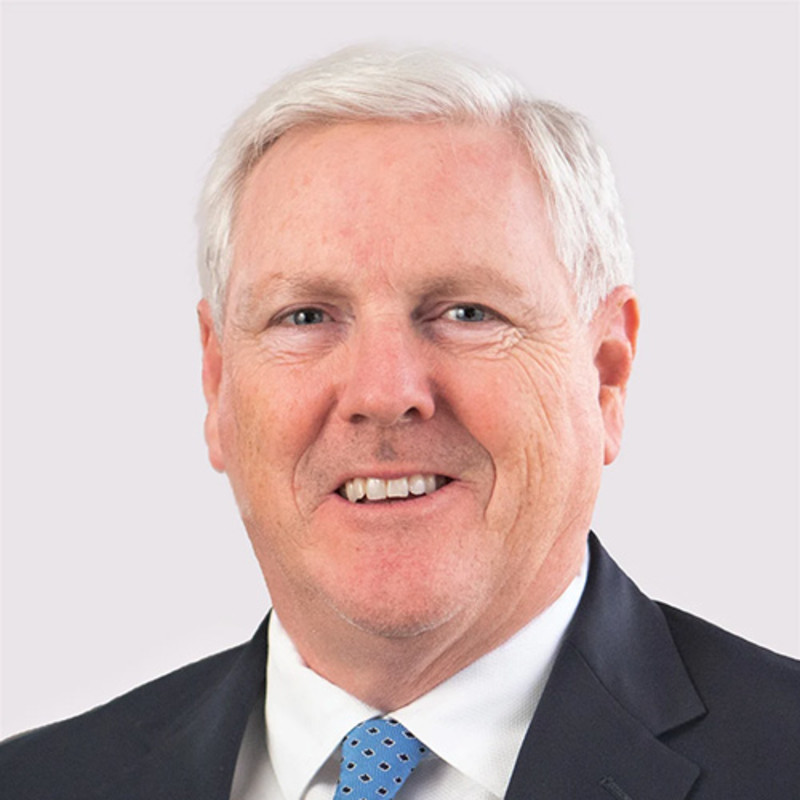Key points
- Large cap value fund
- Selects the best investment candidate with a market capitalization greater than $2 billion.
- Bottom-up fundamental research investment discipline
About this fund
Robeco BP US Large Cap Equities is an actively managed fund that invests in large-cap value stocks in the United States. The selection of these value stocks is based on fundamental analysis. The fund's objective is to achieve a better return than the index. The fund is primarily composed of stocks with a market capitalization of more than USD 2 billion. Its bottom-up stock selection process seeks to find undervalued stocks and is guided by a disciplined value approach, intensive internal research and risk aversion.
Key facts
| Total size of fund | USD 2,285,908,262 |
| Size of share class | USD 1,979,959 |
| Inception date share class | 04-10-2013 |
| 1-year performance | 6.57% |
| Dividend paying | Yes |
Fund manager
 Mark Donovan CFA
Mark Donovan CFA Joshua White CFA
Joshua White CFA David Cohen CFA
David Cohen CFA



